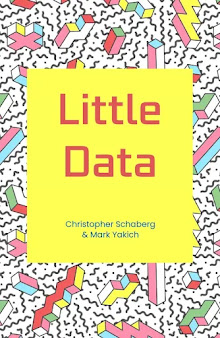Last week I guest-taught an introductory literature class at Loyola University in New Orleans. The students were extremely adept at seizing on and describing imagery in Louise Erdrich's story "The Red Convertible," and I found myself thinking about ways that one might discuss the formal aspects of imagery in terms of Web elements. In other words, how might we understand the work of narrative imagery through familiar online media forms?
We might speculate, for instance, that narratives with stuttered temporal distributions of imagery function the manner of hyper-links, spinning the reader off into a multiplex of tangential story lines while still ostensibly comprising a single narrative. I could imagine bringing up a completely arbitrary NY Times article on the big screen in a classroom, and then attempting as a group to both read the self-contained story and follow links outward in order to discover the thresholds of narrative coherence in a new media landscape. Then we could turn to a paragraph from "The Red Convertible" and follow geographic and cultural 'links' in a similar fashion, perhaps even recreating the annotated road-trip on Google Maps. Arriving at the prolonged description of the photograph of Lyman and Henry in the story, we might try to understand literary ekphrasis as operating similarly to Subaru's slow, painterly detail shots of their Forester. How green is the online Subaru Forester, and how red (or well read) is the Olds convertible of the story? What reservations might we detect around the imagery of automobiles?
Why read literary imagery alongside Web elements? Four tentative reasons: 1) to read literature through familiar new media forms, 2) to question the very "newness" of new media, 3) to foreground the mediation of narrative devices, and 4) to discuss how Internet 'pages' can be effectively analyzed as 'texts'. This final point is crucial for any class that engages the visual culture of websites. I'm thankful for the excellent students at Loyola for prompting me to think down these paths.
skip to main |
skip to sidebar

An English professor's notes on airports, writing, & fly-fishing

- Christopher Schaberg
- Director of Public Scholarship Washington University in St. Louis












